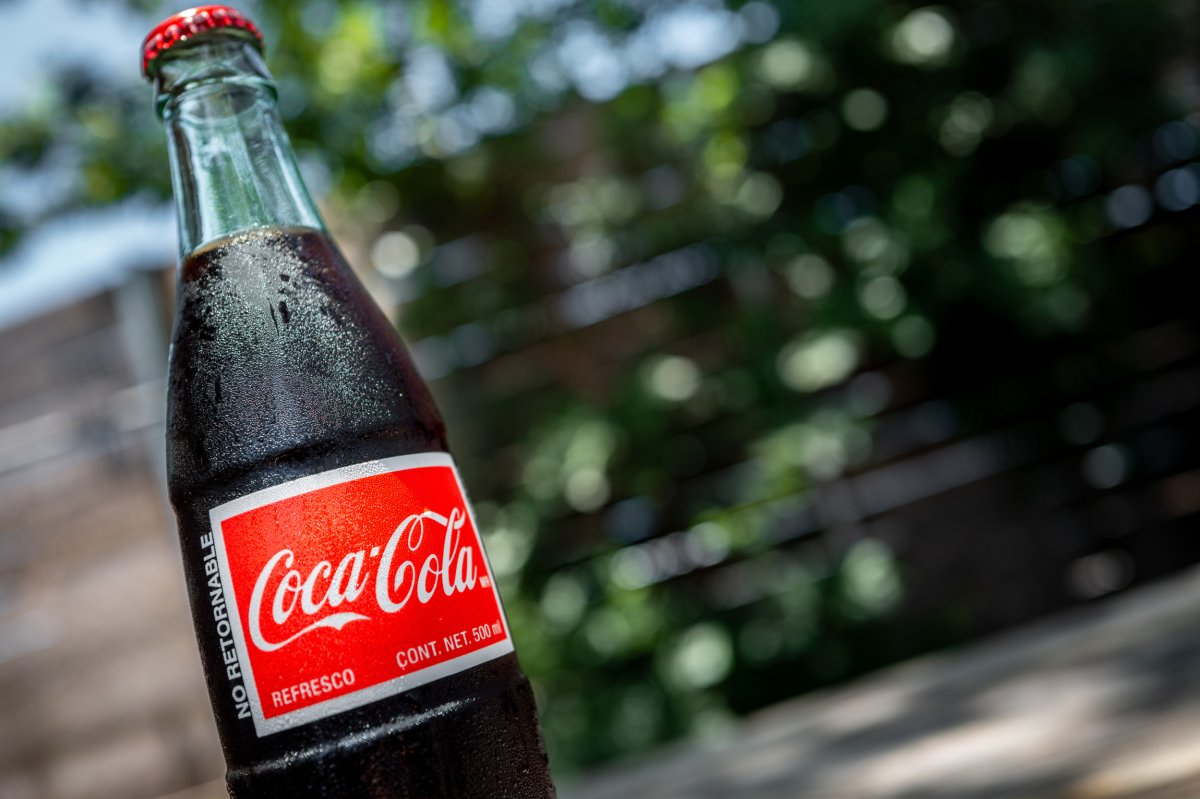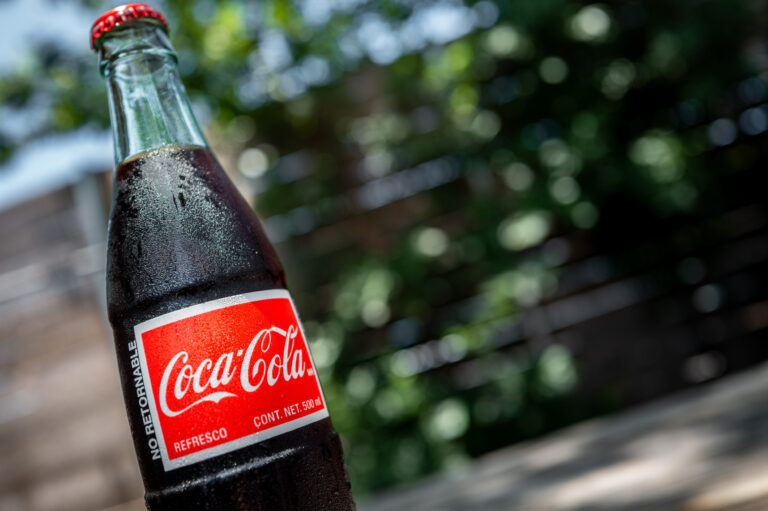Coca‑Cola recently announced it will launch a new soft drink made with cane sugar in the United States this fall, a quiet confirmation of what President Donald Trump loudly teased on social media days earlier. Trump claimed he convinced Coca‑Cola to bring back “real” sugar. Whatever is true or fabricated, the move is nonetheless real. And it’s revealing.
The Make America Healthy Again (MAHA) movement was a large piece of Trump’s coalition last year. This will be seen as another win. But while cane sugar may be coming back into our cans or bottles, it won’t come cheap.
This isn’t just a product tweak. It’s a flashpoint in a decades-long battle over U.S. food policy; one that’s left our food supply warped by subsidies, protected markets, and artificially cheap corn.

Brandon Bell/Getty Images
For the last 50 years, America has made it easier, and cheaper, for companies to use high-fructose corn syrup (HFCS). Through generous subsidies, guaranteed price supports and ethanol mandates, the federal government made corn the king of American agriculture. The result: HFCS replaced sugar in sodas by the mid-1980s, not because it was healthier or tastier, but because it was profitable. For many families, especially those navigating corn allergies, these policy choices aren’t abstract. They make grocery shopping and dining out a daily challenge.
Meanwhile, sugar, particularly cane sugar, was moving in the opposite direction. Since the 1934 Sugar Act, the U.S. has propped up domestic sugar prices through a rigid mix of tariffs, import quotas, and price guarantees. Today, these policies still function under a system of tariff-rate quotas: a small amount of sugar can be imported cheaply, but any excess triggers crushing tariffs. That’s why U.S. sugar routinely costs 50 percent to 100 percent more than world prices.
These mismatched policies built the industrial food system we live in today, one where the cheapest ingredients aren’t always the best ones, but the ones most politically favored.
Coca‑Cola’s move to add a cane sugar variant isn’t just a marketing play. It’s a test of consumer demand, public perception, and logistical feasibility in an ecosystem where corn is subsidized and sugar is protected. If Americans embrace this sugar-sweetened version, it could signal a slow unraveling of the status quo, or at least force policymakers to confront the costs baked into it.
But it won’t be simple.
Sugar is more expensive, and Coca‑Cola knows it. Analysts estimate the switch could add hundreds of millions of dollars to its ingredient costs if scaled broadly. Domestic cane sugar supply is limited, concentrated in Florida and Louisiana. And the moment a company tries to import more, it slams into tariff walls. That, and the fact that its harvest season is short, is not a recipe for scale.
Still, the public appetite is real. A MarketWatch survey found three out of four Coke drinkers prefer cane sugar to HFCS. They want what they remember from childhood, or what they’ve tasted in imported Mexican Coke. But until policy shifts, this new sugar-sweetened soda is likely to remain a high-end option, not the new norm.
So Trump and MAHA friends may have gotten the headline and the shift in the right direction, but the real story is policy. And that will be a bigger lift.
If we want more real sugar in our foods, or if we want market forces to shape food production instead of government favoritism, we need to rethink how we regulate both corn and sugar. That means ending distortions on both sides: winding down corn subsidies while phasing out sugar protections.
Until then, our choices at the grocery store will continue to be shaped more by Washington than by what we actually want to eat or drink.
Brett Kittredge is the director of marketing and communications at the Georgia Public Policy Foundation.
The views expressed in this article are the writer’s own.


